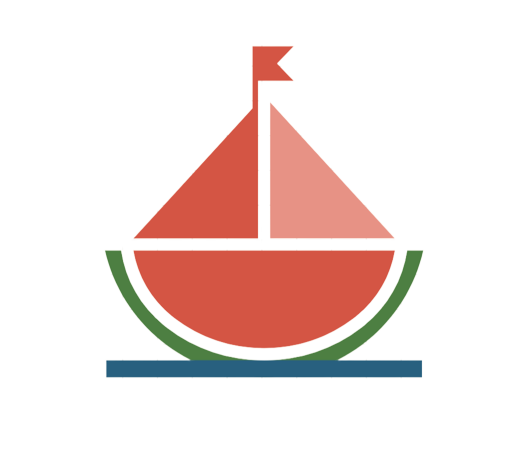Melang

A script language of time-sharing scheduling coroutine in single thread
Data types
Melang is a implicit-type script language. So you don’t have to give variable’s type in code.
But every value has its type. Types in Melang are shown below:
- integer
- real
- boolean
- string
- nil
- array
- set
- object
- function
e.g.
// this is a comment line (start with two slashs)
/*...*/ this is a comment block (start with /* end with */)
//variable i has an integer value
i = 1;
//f has a real value
f = 1.2;
//b has a boolean value
b = true;
//n's value is nil, and nil means none
n = nil;
//[1, 2] is an array with two elements (1 and 2)
a = [1, 2];
//the value of d is a dict but in melang dict is a kind of array
d = ['age': 18, 'name': 'Mr. M'];
//human is a set, it's equivalent to Structure in C, but it supports function definition
human {
name;
age;
@run () { // this is a method definition.
//...
}
}
//value of o is an object or instance of set human.
o = $human;
//access object properties
o.name;
o.age = 1;
//accessing non-existent object properties
o.gender // nil will be given
o.phone_number = 123; // the value of the new property `phone_number` has been set to 123.
//here is a function definition
@foo()
{
//...
}
// and here is a function call
foo();
Array
Array is a kind of data set. If we want to get or access its elements, we can do it as shown below:
a = [1, 2, 3];
a[0]; //array[index]
a[0] retrieves the first element 1 from the array a, while a[2] retrieves the last element 3.
If the index is greater than or equal to the array length, nil will be given.
There is another kind of array named dict.
d = ['name': 'Tom', 'age': 18];
Now if we want to access the element which key is name, we can do it in this way:
d['name']; //dict[key]
If key is not in this dict, nil will be given.